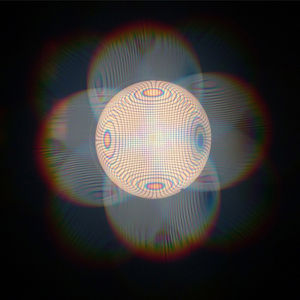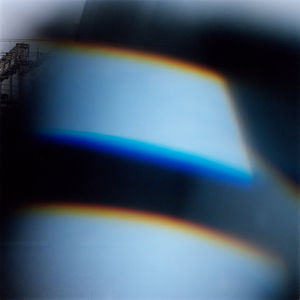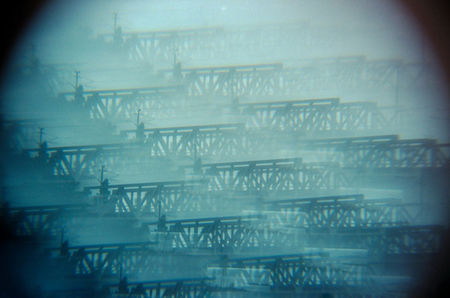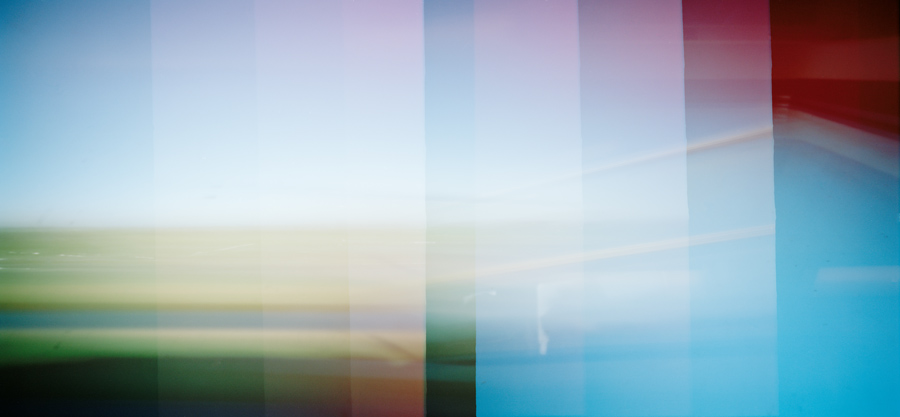Sonia/essayonmethod: Difference between revisions
No edit summary |
No edit summary |
||
| Line 43: | Line 43: | ||
[[File:011SoniaMangiapane.jpg|300px]] | [[File:011SoniaMangiapane.jpg|300px]] | ||
[[File:012SoniaMangiapane.jpg|450px]] | [[File:012SoniaMangiapane.jpg|450px]] | ||
[[File:013SoniaMangiapane.jpg| | [[File:013SoniaMangiapane.jpg|430px]] | ||
<br /> | <br /> | ||
<br /> | <br /> | ||
| Line 82: | Line 82: | ||
'''Bibliography''' | '''Bibliography''' | ||
Augé, Marc. Non-Places: an Introduction to Supermodernity. Verso, 2008. | Augé, Marc. ''Non-Places: an Introduction to Supermodernity''. Verso, 2008. | ||
Kasten, Barbara. (2012). Second Nature: Abstract Photography Then and Now. [online] Decordova.org. Available at: https://decordova.org/art/exhibition/second-nature-abstract-photography-then-and-now [Accessed 5 Mar. 2019]. | Kasten, Barbara. (2012). ''Second Nature: Abstract Photography Then and Now''. [online] Decordova.org. Available at: https://decordova.org/art/exhibition/second-nature-abstract-photography-then-and-now [Accessed 5 Mar. 2019]. | ||
McKenzie, Jai. Light and Photomedia: a New History and Future of the Photographic Image. I.B. Tauris, 2014. | McKenzie, Jai. ''Light and Photomedia: a New History and Future of the Photographic Image''. I.B. Tauris, 2014. | ||
Sennett, Richard. The Craftsman. Penguin Books, 2009. | Sennett, Richard. ''The Craftsman''. Penguin Books, 2009. | ||
Villaba Diaz, David. (2019). Yoshinori Mizutani: Technology, PAINTING, and SENSIBILITY. [online] Meero.com. Available at: https://www.meero.com/en/photography/inspire/443/Yoshinori-Mizutani-Technology-Painting-And-Sensibility [Accessed 5 Mar. 2019]. | Villaba Diaz, David. (2019). ''Yoshinori Mizutani: Technology, PAINTING, and SENSIBILITY''. [online] Meero.com. Available at: https://www.meero.com/en/photography/inspire/443/Yoshinori-Mizutani-Technology-Painting-And-Sensibility [Accessed 5 Mar. 2019]. | ||
Zylinska, Joanna. Nonhuman Photography. MIT Press, 2017. | Zylinska, Joanna. ''Nonhuman Photography''. MIT Press, 2017. | ||
Frieze.com. (2019). Dexter Dalwood’s Newest Paintings Reflect on ‘Non-Places’. [online] Available at: https://frieze.com/media/dexter-dalwoods-newest-paintings-reflect-non-places [Accessed 5 Mar. 2019]. | Frieze.com. (2019). ''Dexter Dalwood’s Newest Paintings Reflect on ‘Non-Places’''. [online] Available at: https://frieze.com/media/dexter-dalwoods-newest-paintings-reflect-non-places [Accessed 5 Mar. 2019]. | ||
Revision as of 22:44, 22 May 2019
Essay on Method
What Does It Take to Make a Contemplative Practice? : An Extended Essay (II)
I define myself as a photomedia artist, using Jai McKenzie’s definition of photomedia: “The photographic devices that fall under the term photomedia are as broad as the etymological scope of the words photographic and media. Essentially I consider all devices that use light and media as photomedia including photography, cinema, video, television, mobile phones, computers and photocopiers” (McKenzie, 2014, p.1). By this definition the camera obscura and cyanotype also fall under the umbrella of photomedia.
Currently I work mainly with analogue prints to which I apply a combination of traditional and alternative photographic processes. The slowness of analogue processes helps me define a contemplative practice; an act of resistance to the fast pace of contemporary society perhaps. Guided by my fascination with the physical properties and ethereal qualities of light I explore concepts of journey, place and ecologies of time.
Presently, much of my practice-based research occurs in the darkroom where I investigate how colour, abstraction and non-traditional interventions can shape and challenge our response to an image. Recently, I’ve also begun to explore the potential of hybrid forms of image-making—incorporating moving image, projections and creative coding for example—to open up my understanding and approach to the themes and aesthetic impulses of my work. What follows is an attempt to describe a few of the methods I employ and thoughts regarding my choices.
I tend to take photos in other places, in spaces away from my home space—elsewhere. This state of being, when one is literally transported away from familiar spaces, creates a psychological space for contemplation. Being somewhere else (in a place), or on the way to somewhere else (in a non-place1), is fertile ground for wandering thoughts, dreamlike states and reflection. My wanderlust and interest in journey is informed by my own experiences of travel and influenced in part by my family’s history of migration. When situated “elsewhere” I am reminded that I am a foreigner, an “other”. However, when I travel, this otherness tends to lead to a sense of wonder (as opposed to ostracisation) and directs my attention inward. This contemplative state of being creates the conditions in which I often feel compelled to take photographs.
I use photography as an impressionistic rather than as a documentary tool, using the world around me to try to express something of my inner (psychological) world. This interest in the metaphysical extends to my methods of working with the medium. Abstraction is one way to unravel and expose the inner workings of the photographic process and apparatus; to challenge conceptions of what constitutes a photograph. “Abstract photography challenges our popular view of photography as an objective image of reality by reasserting its constructed nature... Non-representational photography lives in this contested middle ground between material reality and photographic illusion”. (Kasten, 2012)
According to Vilém Flusser in Towards a Philosophy of Photography the photographic apparatus (i.e. the camera, the darkroom) is programmed for a particular outcome; that is a technically sound (sharp, well-focussed, with naturally rendered colour) representational image of the world. Abstract and experimental photography is an attempt to subvert this program, an attempt to create something new within its confines.
I incorporate abstraction in my work in a number of ways:—
Within the camera; such as by employing soft focus, blur through long shutter speeds, optical distortion by shooting through transmissive objects e.g.prisms, or by rendering subject matter difficult to identify through composition.
Through camera-less techniques I create photographic prints in the darkroom—achieved by painting with light, colour filters and transmissive materials—and cyanotypes created through the interaction of light and a photosensitive emulsion.
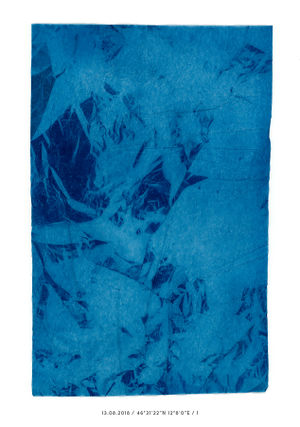
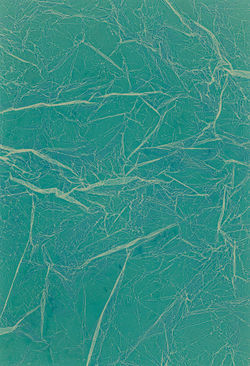
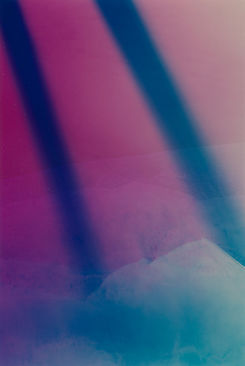
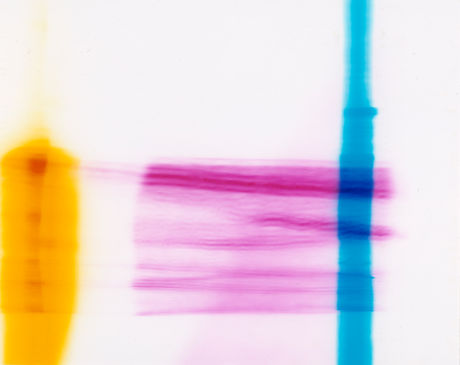
I also disrupt representational photographic images through what I call darkroom interventions. During exposure of an image onto photographic paper I use coloured filters, light sources and other light modifiers, thus creating a hybrid image produced partly in camera and partly in the darkroom.

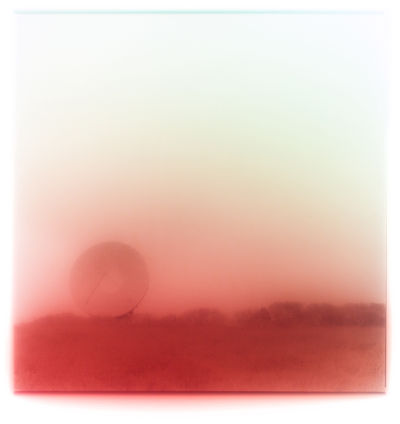
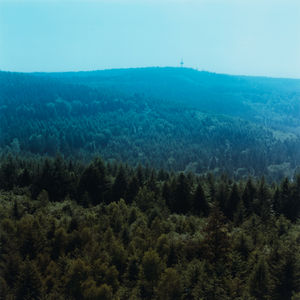
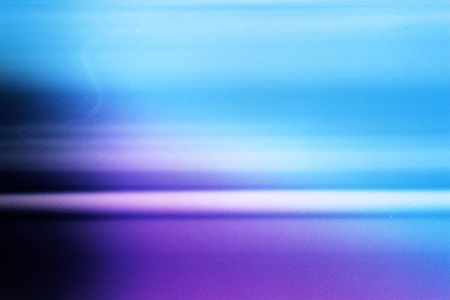
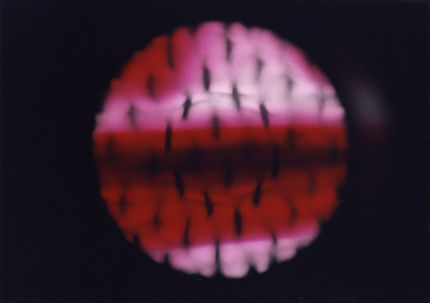
At this point I find it useful to list all my current methods of production below:—
• unaltered photographs i.e. conventional photograph, print is true to the captured image
• photographs altered during exposure e.g. using prisms, kaleidoscope in front of lens
• photographs altered during printing in the darkroom i.e. darkroom interventions
• camera-less methods in the darkroom i.e. photograms
• enlarger-less methods in the darkroom e.g. painting with light directly onto photo paper
• camera-less methods out "in the field" e.g. cyanotypes
• projection/optical-experiments in the studio
Photography and, more broadly, photomedia practices are temporal in nature. As Joanna Zylinska states in Nonhuman Photography, “[p]hotography allows us to apprehend time as duration precisely by making incisions in its flow: it gives us a concept of the flow, while also enacting incisions in it…[Photographs] are mnemonic devices that mark the passage of time and help us build narratives around them.” (Zylinska, 2017, p. 95)
A photograph not only captures a “moment” in time, it takes time; and time creates the conditions for contemplation. Taking a photograph is in itself a contemplative act—I choose what to frame, when to capture it and which images to include in the final edit. In contrast to digital workflows, analogue photographic processes take more time—time to reveal the latent image, to develop the film, to produce a final print in the darkroom—whereas time spent working on a computer feels timeless i.e. without time. Could this be because we bypass the body in some way, instead creating a closed circuit exchange between mind and machine? Richard Sennett exemplifies this point in The Craftsman through the experience of an architect who observes the following: “when you draw a site, when you put in the counter lines and the trees, it becomes ingrained in your mind. You come to the know the site in a way that is not possible with the computer” (Sennett, 2009, p.40). Sennett is of the opinion that “This is not nostalgia. [The architect’s] observation addresses what gets lost mentally when screen work replaces physical drawing.” (Sennett, 2009, p.40)
The physicality of making is important to me. Time spent making “with my hands” is time I am aware of, time that I can track. I believe this use of the body in the production of work promotes awareness of the passing of time and a condition for a contemplative practice.
In a sense, I undertake two journeys in my practice: the real-world physical journey provides the conditions for taking photographs; and the journey-through-process in the darkroom during the material production phase. Traditionally exposure time in photography is defined as the temporal gap between the shutter opening and closing: when a photograph is “taken”. In my practice, I would like to propose an alternative to this view; to offer a counterpoint to Henri Cartier-Bresson’s “decisive moment”. Taking the photograph is simply one part of my process. I consider the time the entire process takes—from the undertaking of a journey to the production of the final print in the darkroom—as the true exposure time in my work. This durational aspect to my practice feels important.
While I do not deny my fondness for the formal qualities of analogue photography, my fascination is also driven by a wish to understand, unravel and demystify photography’s processes: optical, mechanical, chemical or otherwise. However, analogue photography is not the only way to explore these interests and I wish to avoid being one of “those suffering from media nostalgia misrecognised as fondness for medium specificity” (Zylinska, 2017, p.134). My ambition is to also engage with and incorporate newer technologies into my work and contemplate the photographic medium beyond the analogue/digital binary.
Although the photographic apparatus lies at the core of my practice, my current research is opening up new ways of thinking and practical pathways. I am increasingly obsessed with capturing the unseen, what lies beneath, in exposing hidden systems and layers of meaning. In my experimental short film / \ / Pendulum I explore the concept of chaos theory through the movements of a triple pendulum. Chaotic systems manifest themselves in the natural world around us, yet we are rarely presented with empirical data that demonstrates the theory. Similarly, at the heart of my interest in optics, the physical properties of light and photochemical processes, I am seeking to demystify and give form to phenomena that we either take for granted or may not understand the underlying cause of.
Until now, the bulk of my work has consisted of still images. However, going forward in my practice I see great potential in immersive installations, using a combination of photography, moving image, sound, space and light, to create a meditative or contemplative experience for the viewer. That said, my forays into moving image and creative coding are new additions to my practice, and so, any further interrogation of these nascent methods, for the purposes of this essay, would be premature in my opinion. I do know that like Japanese artist Yushitori Muzitani I want my work to “[vacillate] between the oneiric and the pictorial…between nature and the fantastic” (Diaz, 2019); I want to take my audience elsewhere.
______________________________________________________________
Notes
1. Non-place is a term coined by Marc Augé in his book Non-Places: An Introduction to an Anthology of Super Modernity. Here non-places are defined as places we pass through, usually on the way to our destination; spaces that are devoid of emotional attachment or meaningful connections. Examples of non-places include airports, motorways, shopping complexes, hotels and trains. As artist Dexter Dalwood, whose recent work explores non-places, suggests, “these are spaces where you can carve out some genuine reflection.”
Bibliography
Augé, Marc. Non-Places: an Introduction to Supermodernity. Verso, 2008.
Kasten, Barbara. (2012). Second Nature: Abstract Photography Then and Now. [online] Decordova.org. Available at: https://decordova.org/art/exhibition/second-nature-abstract-photography-then-and-now [Accessed 5 Mar. 2019].
McKenzie, Jai. Light and Photomedia: a New History and Future of the Photographic Image. I.B. Tauris, 2014.
Sennett, Richard. The Craftsman. Penguin Books, 2009.
Villaba Diaz, David. (2019). Yoshinori Mizutani: Technology, PAINTING, and SENSIBILITY. [online] Meero.com. Available at: https://www.meero.com/en/photography/inspire/443/Yoshinori-Mizutani-Technology-Painting-And-Sensibility [Accessed 5 Mar. 2019].
Zylinska, Joanna. Nonhuman Photography. MIT Press, 2017.
Frieze.com. (2019). Dexter Dalwood’s Newest Paintings Reflect on ‘Non-Places’. [online] Available at: https://frieze.com/media/dexter-dalwoods-newest-paintings-reflect-non-places [Accessed 5 Mar. 2019].

